In Good Health, Naturally, we have often visited the goodness of the various foods and ingredients lying in our own backyard and how we could put them to all to good and healthy use. In this issue, we will be discussing the basic food groups and how we can strive to achieve the right balance in our everyday meals.
The food groups are broadly classified as Fruits, Vegetables, Proteins, Grains and Dairy.
Fruits
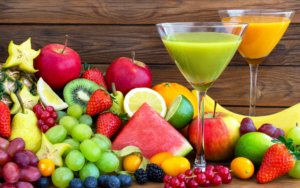
Pic courtesy: magic4walls.com
In what should be a daily and regular habit from kids to adults, fruits provide the body with the vital minerals and nutrients such as phytonutrients and the essential dietary fibre. Make it a habit to include at least one fruit in every meal of the day– to balance out the junk in the body. The amount of fruits you should consume each day depends on your age, gender and activity level. Fruit purees like banana and apple are in fact introduced as the first foods for a growing infant.
Also read: All about the goodness of tender coconut
Vegetables
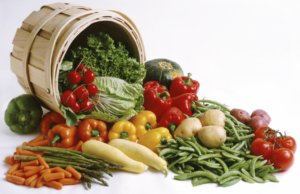
Pic courtesy: joe smith farms
Now, this is mandatory and we all that. But do you know the various sub-groups under it? There are the essential dark green vegetables, red and orange vegetables, starchy vegetables, other vegetables and beans and peas. The servings of vegetable for each individual again depends on their age and activity level. For young adults, the average intake of vegetables is suggested to be 2.5- 3 cups a day, according to the USDA guidelines. Also, kids need to be taught the importance of vegetables and their goodness at the younger stage to realise the value of good food. Simple charts that teach kids how each vegetable is rich in essential vitamins and minerals can help teach the concept better.
Also read: Best Food Books of 2016
Like what you read? Click here to share this with your friends too!
Grains
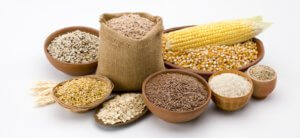
Pic courtesy: globalgrains.co.uk
Grains are a staple diet in India and especially in the South. The store-house of energy and carbohydrates, grains are further classified as whole grains and refined grains. Refined grains are those that are high in iron content and vitamin B content also has a longer shelf life. But they are processed where the outer barn and the endosperm is removed, thereby reducing the nutrient value. Examples of refined grains in our daily diet include white rice, white bread, white flour etc.
Whole grains, on the other hand, contain the entire grain kernel ― the bran, germ, and endosperm. And studies suggest that at least half of the grain intake in a day by an adult should include whole grains. Examples of whole grains in our daily diet include whole wheat flour, bulgur, oatmeal and quinoa and muesli. Make sure your daily diet includes a mix of both refined and whole grains to achieve the balance and to also to ensure the intake of carbohydrates, proteins, irons, dietary fibres, iodines, magnesium, zinc, the B-group vitamins thiamin, folate, riboflavin, niacin, Vitamin E amongst others into the digestive system.
Also read: Good Health Naturally- Quiz
Proteins
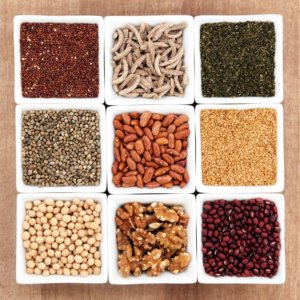
Pic courtesy: Shape magazine
Proteins form the most vital part amongst all the food groups and all dieticians and nutritionists would always remind you to include a protein in every meal of yours without fail. Meat, poultry, fish, seafood, eggs, nuts, seeds, soy products and beans and peas make up the protein food group. For vegetarians, from this list, nuts, soy products, beans and peas are vital and cannot be compromised. Make it a habit to include one or more of these in every meal, especially for young children. In fact, even those who are strict about their diet preferences and would prefer to eat grains or other groups lesser, to reduce the body weight would have to strike the right balance with regular and high protein intake.
Also read: All about the goodness of almonds
Dairy
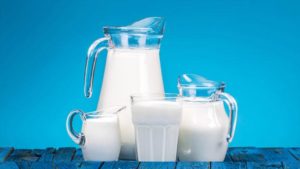
The one thing we all begin our day with is again another vital part of the food group. Milk and milk-based products are essential in giving the right amount of calcium and minerals to aid in the proper development of the body. The list includes yoghurt, milk, curd, (buttermilk), cheese, and desserts such as puddings and ice creams. Now, who can say no to this?! For those with lactose intolerance, get in touch with your doctor to find out the right substitute, so that you don’t miss out on the essentials. Dairy products come with varying degrees of fat (low, high, saturated, skimmed, toned). Choose your variant carefully with regard to age and activity level.
Also read: All about the goodness of milk
This video by ICICI Lombard on explaining the 5 food groups and what foods to include and what to avoid is a useful initiative and will help spread the awareness.
Pic courtesy: concept draw.com

2 replies on “The 5 Food Groups and How To Achieve The Balanced Diet”
[…] day is surrounded by good and healthy foods and luckily, it is often a problem of plenty. But how well do we know about these foods? We have […]
[…] will bring to light the medicinal benefits of various ingredients– straight from the kitchen! Good health and eating right have always been interlinked and […]